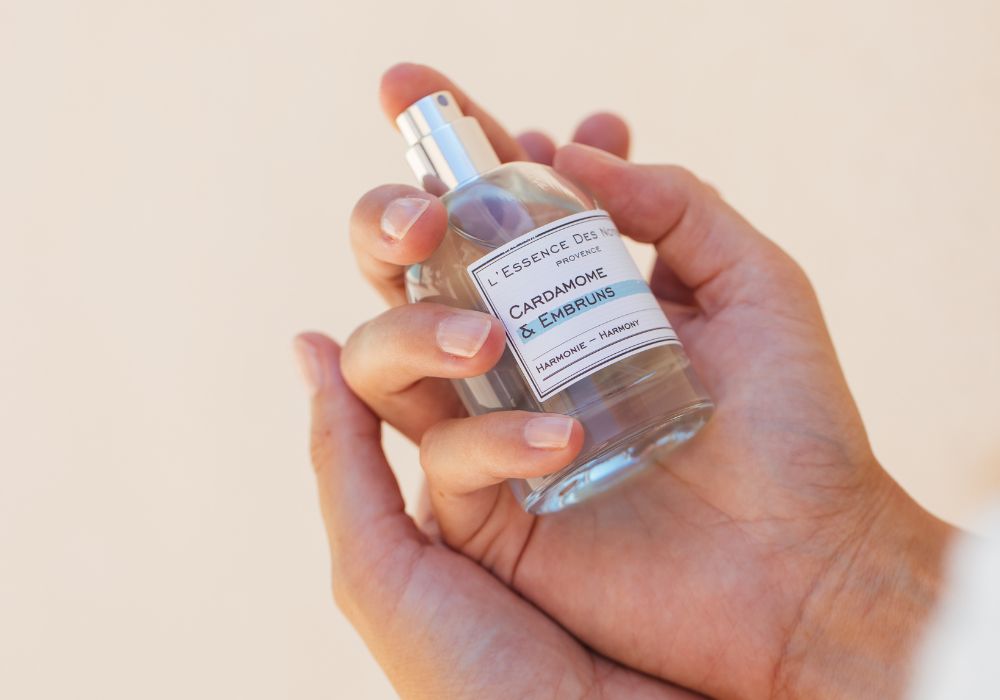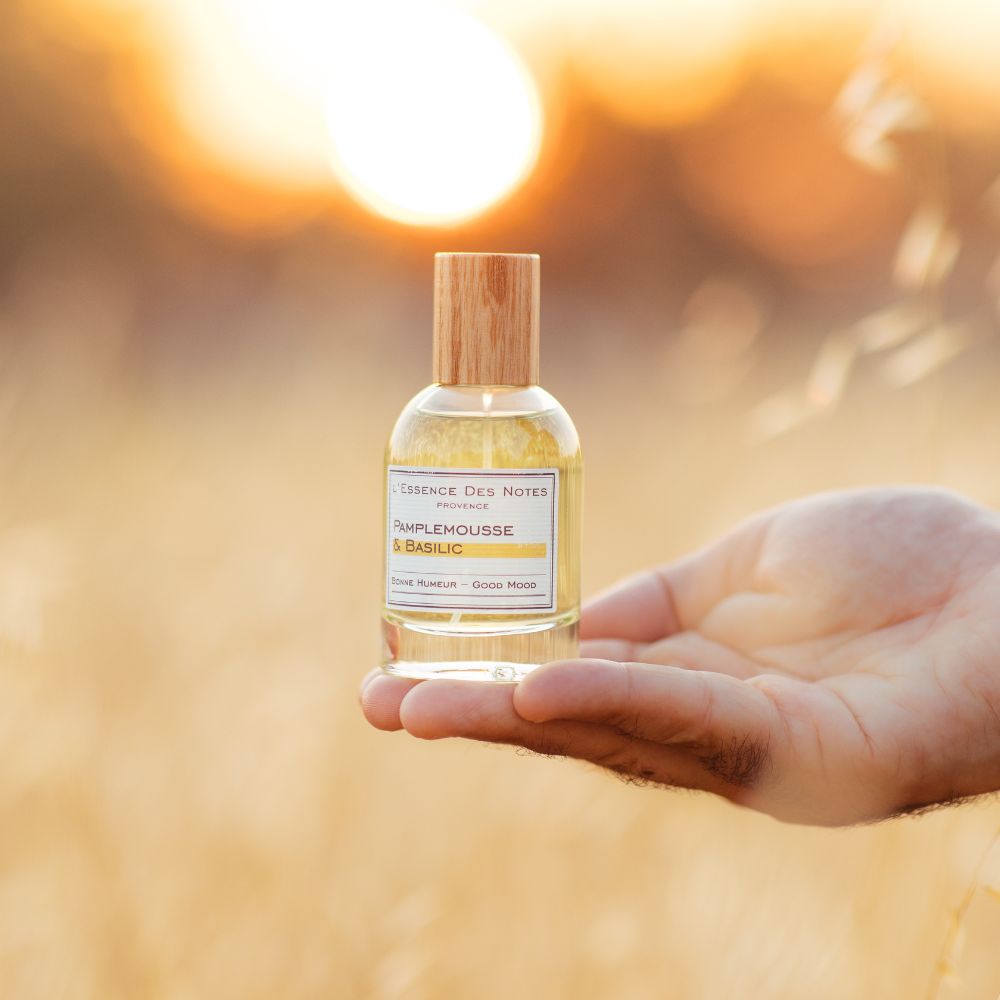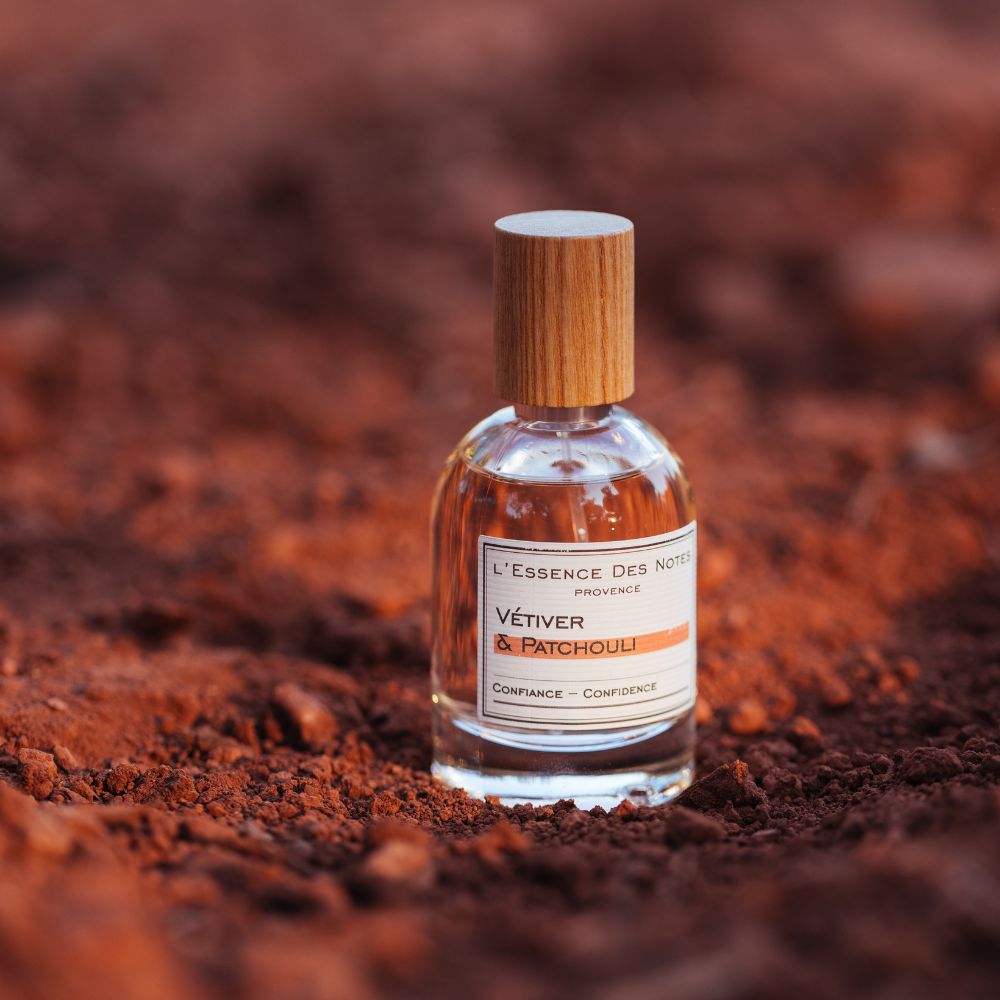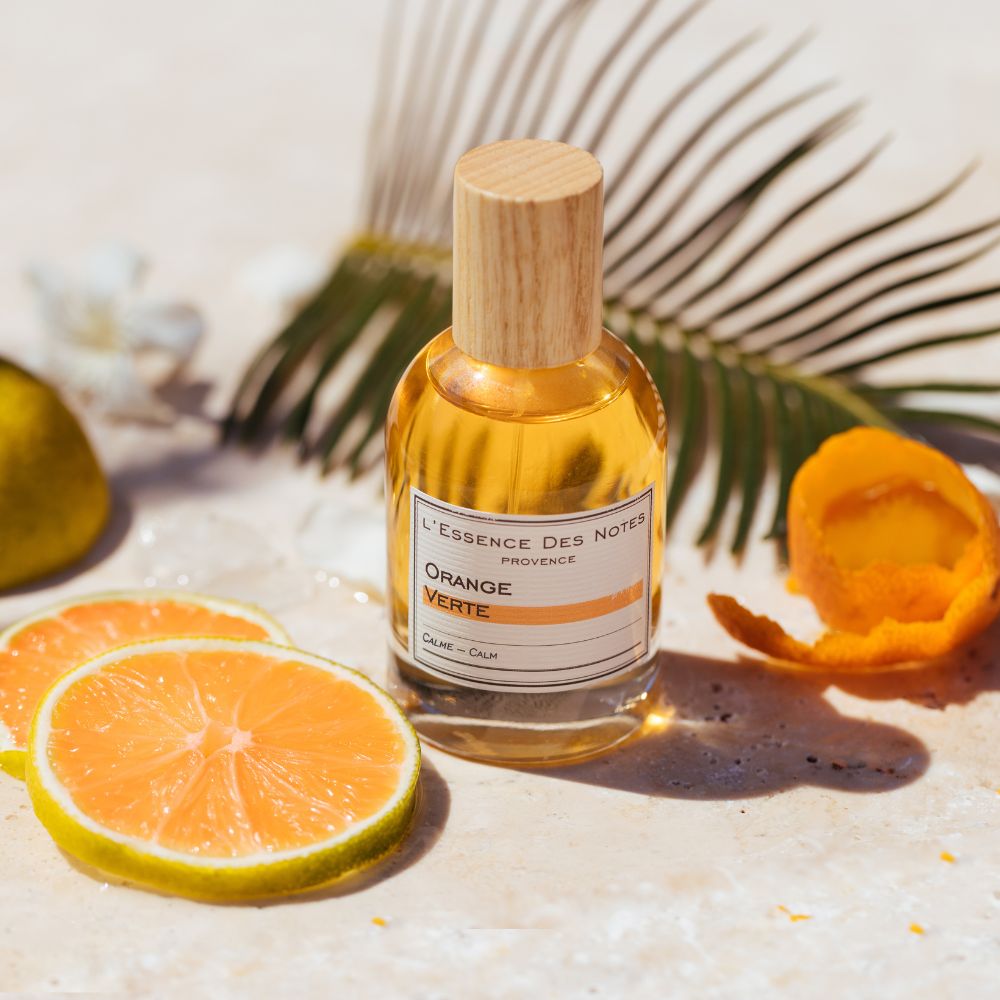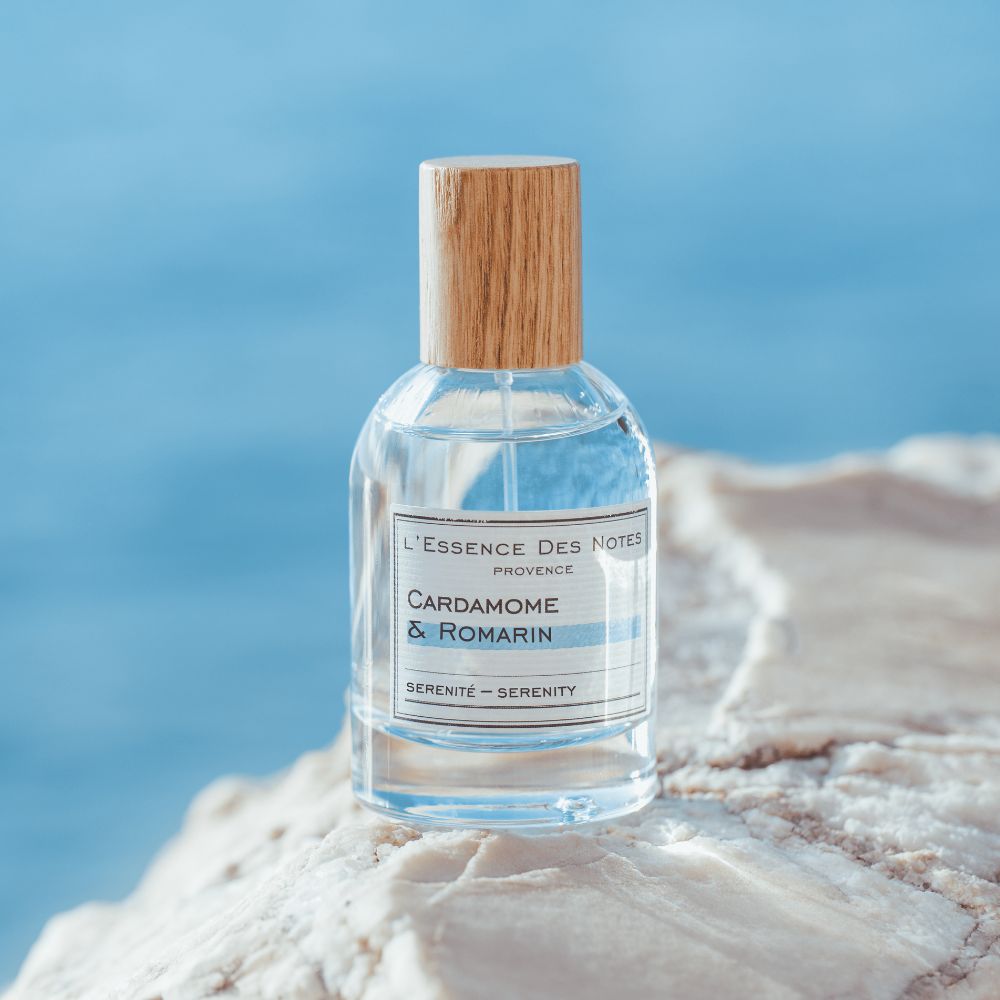Coming out of the shower, after shaving or before leaving the house, lovers of luxury and elegance like to perfume themselves at all times. This area is very successful. Currently, a multitude of fragrances are available on the market. Millions of perfume bottles are sold every day around the world. But behind these fascinating smells hides a very rich and interesting past. In fact, perfume is far from being a recent product as we think. It has already existed for many centuries. Let's take a little detour together on the history of perfumery.
Why was the perfume created?
Perfume is a true everyday fashion accessory. Men and women use it almost every day. It is a mix between chemistry and creativity. The field of perfume manufacturing is currently contributing to the growth of the economy of some countries.
The person who creates a perfume is called a perfumer, and perfumery designates the activity itself as well as the industry. This profession of perfumer is closely linked to that of the glovemaker to meet certain specific needs, including the famous tradition of perfumed gloves.
The concept dates back to the Neolithic. At that time, prehistoric people used resinous trees to flavor their food. They also used essences extracted from certain plants to intimidate game on the hunt. In the therapeutic field, it is possible to spray fragrant odor in a room to disinfect it and reduce epidemics.
Back then, the Black Death wreaked havoc. Patients drank rosemary essential oil to purify their body and skin. Note that the first perfume in the history of perfumery is made from rosemary water, rose water and orange blossom. According to legend, it was an excellent elixir of beauty. The pomander is also a fragrant ball for prophylactic purposes. Not to mention the fact that perfume is highly prized for disguising unpleasant body odors.
The origin of perfumery: from Antiquity to the Middle Ages
The history of perfume began in ancient times, during which prehistoric man exploited the fragrant properties of plants for hunting or cooking. The sweet fragrance took over this current mode of use from Egyptian civilization. To mark her femininity and preserve her youth, Cleopatra used to bathe in scented donkey's milk.
The Egyptians also used ointments, resins, liqueurs, incense, and scented oils in their embalming rituals. Designed by great perfumers of the time, these fragrant compositions were important in honoring their gods in worship. By burning aromatic essences, a fragrant smoke was released and rose to be able to communicate with the divine.
The Greco-Roman civilization took over in the history of perfumery. If the Greeks developed new scents, the Romans turned to the use of fragrant compounds for medicinal purposes. Perfume became a fashion accessory and an asset of seduction as it is today in the 16th century. Since then, aromatic products have been steadily increasing.
During these times, perfume could be extracted from both vegetable (aromatic plants, flowers, etc.) and animal (amber, musk) raw materials. The distillation technique in the art of perfumery appeared with the making of the still. It marked a turning point in this history.
From the Renaissance to the appearance of industrial perfumery
The Renaissance period is the most marked by the history of French perfumery. It symbolizes the birth of olfactory notes in this area such as musk, amber, vanilla, jasmine, tuberose, cocoa or even pepper. The general public begins to appreciate this product to have fun, to mark refinement and social rank. Floral scents have become trendy for women.
The marketing of odorous substances has really taken off. The arrival of new raw materials has fostered many possibilities in terms of scented products: floral or fruity scented waters, trail perfumes, scented mouthwashes (ginger, cloves, etc.), ointments, oils … In short, the aromatic collection is getting richer and richer. Among others, fragrant powders with iris, violet or rosehip are perfect for the hair.
The beginning of the history of modern perfumery
The 19th century was marked by the success of citrus eau de Cologne thanks to the Emperor Napoleon. Unlike eau de parfum, colognes don't last very long, but their freshness is undeniable. This era also saw the birth of the first modern perfume, made with synthetic molecules, including vanillin, tonka bean and coumarin. These elements are still contested in luxury perfumery.
Likewise, this period constitutes a real technological turning point in the history of perfumery. It was at this time that new natural extraction methods were invented. Many perfumers are also starting to create a spray or vaporizer perfume. Mass production of bottles is booming.
In the 20th century, perfume became more and more part of everyday life, even that of men. Everyone has their favorite fragrance. The big brands appeared and created several iconic perfumes: La Vie est Belle in 1949, Chanel N° 5 in 1921, Miss Dior by Christian Dior in 1947, L'Air du Temps by Nina Ricci in 1948, Black Opium by Yves Saint Laurent in 1977, etc. Some French perfumery products have gained more notoriety such as Guerlain, Roger & Gallet, Bourjois, Caron, etc. The concept is developing and becoming more democratic.
And nowadays?
Original and modern perfumes are becoming more accessible. Many fragrant products currently allow the diffusion of delicate odors such as scented candles, fresh water, etc. They meet different needs: sensuality, emotion, authenticity, originality, etc. Perfumers are more open in their creation. Men's perfumes therefore incorporate more sweetness and women's perfumes produce more violent scents. Unisex fragrances also abound on the market. Many modern perfumes rediscover the virtues allocated to odors at the time and cling to more specific themes, in particular health and well-being.


